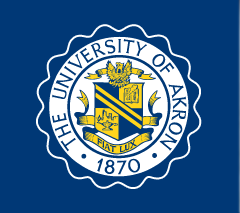Abstract
This note will try to make some sense of the United Dominion case and its implications on PLLs/SLLs in the consolidated corporate tax arena by analyzing some of the more difficult questions about PLLs/SLLs.
Part II explores the background and application of both carrybacks, generally, and PLL/SLL carrybacks, specifically, as well as the two prominent cases in the PLL/SLL controversy prior to United Dominion -- Intermet Corp. v. Commissioner (hereinafter "Intermet") and United Dominion Indus. Inc. v. United States (hereinafter "United Dominion"). Part III looks at United Dominion specifically, including a statement of the facts, procedural history, and reasoning of the United States Supreme Court dealing with PLL carrybacks for consolidated taxpayers. Part IV delves into the implications of the United Dominion decision by determining what exactly the Court said, what the Court refrained from saying and the implications of both. Should a company that had no net operating loss (NOL) be permitted to pass on its PLL/SLL to its affiliated group of corporations as a deduction? If so, under what conditions? Should PLLs/SLLs be determined in a different manner for consolidated taxpayers than for regular corporate taxpayers? Will allowing consolidated taxpayers to compute PLLs/SLLs in a manner different from regular corporate filers create an unintended benefit to consolidated taxpayers, thus resulting in a substantial loss of tax revenue? Part V concludes the article in summation.
Recommended Citation
Smith, Christina I.
(2002)
"Challenging the Treasury: United Dominion Industries, Inc. v. United States,"
Akron Tax Journal: Vol. 17
, Article 4.
Available at:
https://ideaexchange.uakron.edu/akrontaxjournal/vol17/iss1/4
